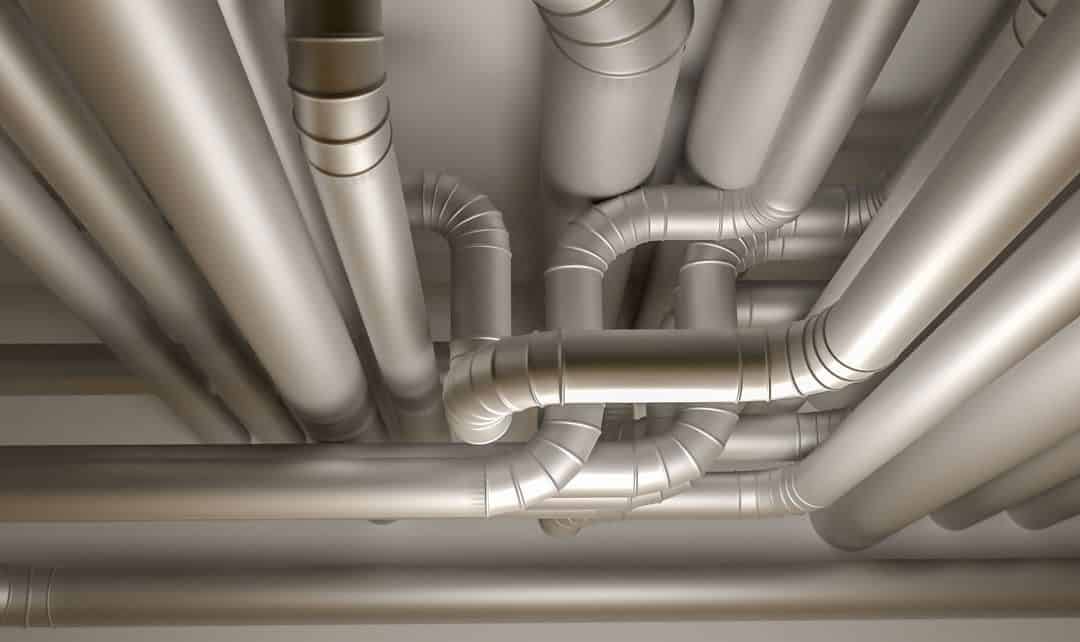When you think of home energy efficiency there are three key influencers that affect performance and comfort: the building envelope, lighting and appliances and heating and cooling.
Most homeowners aren’t interested in how their home is heated; they care first and foremost about their family’s comfort. Despite the advancement of building codes and builder best practices, home comfort is the bottom line that home buyers reference when describing their satisfaction.
Modern radiant heating systems deliver health benefits, as well as efficiency and comfort benefits. Hydronic radiant systems distribute heat by water. This can be done with radiators, as is the case in older homes, or with architecturally integrated modern rads or in-floor heating systems.
Radiant heating systems are more efficient because water is an ideal medium to distribute heat. When I teach, I often offer this comparison: If you bring an oven to 400 C and then turn off the heat, five minutes later you can put your hand in the oven. But take a boiling pot of water, remove it from the element and five minutes later it’s still too hot to touch. Water is a better medium for the retention of heat.
In a cold winter we want to retain as much heat as possible. Our bodies regulate temperature with our feet and heads. When you experience radiant in-floor heating, it is just like wearing a warm pair of slippers. Homeowners who have radiant heating systems tell me that they are more comfortable. They also say that they are able to lower their thermostat because it takes less heat to regulate a room’s temperature. When our feet are warm our bodies are warm.
With an estimated one-third of Canadian children suffering from asthma, it is not surprising that the demand for healthy homes is increasing. In my experience there is also a marketplace emerging of chemically sensitive home buyers. The buyers that I have worked with who seek healthier housing options often define radiant heating as a high priority in their search.
Most indoor air quality issues stem from contaminants such as volatile organic compounds (present in many building materials, paints and solvents) and allergens such as dust, mould and pollen. Conventional forced-air systems can harbour and distribute these contaminants throughout the home.
A few years back I had a client with severe allergies. We would walk into a home and he would immediately get congested. Homes that had radiant heating systems could be cleaned. For him, a home with forced air was just not an option, because it could not be cleaned enough to eliminate the allergens.
When I work with clients I discuss these benefits with them. Often the housing stock in a neighbourhood does not offer radiant heating, but with the stacked benefits of comfort, efficiency and health I believe there is a growing consumer interest in radiant heat. Whether working with a buyer looking for a comfortable, healthy home or with a seller with a radiant heating system, there is a real opportunity for Realtors to help the home-owning marketplace understand that radiant heat delivers benefits that contribute to the quality of life and value of a home.

Chris Chopik is an influential housing industry innovator and a respected authority working at the intersection of housing, energy, resiliency and natural hazards. Chopik’s work includes an extensive exploration of the future of “Property Value in an Era of Climate Change” (2019) where he examines the financial impact of natural hazards on property values across North America. He holds a Master of Design, Strategic Foresight and Innovation from OCAD University.













